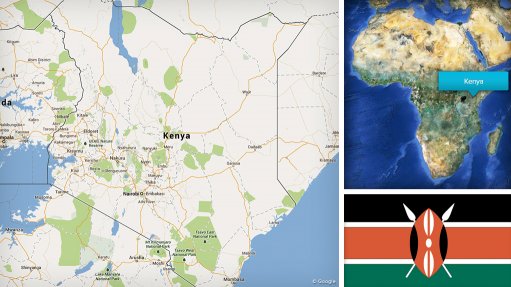Fuller visibility
The scale of South Africa’s energy transition challenge – and opportunity – is arguably not yet fully appreciated.
Eskom itself estimates that at least R1.2-trillion in electricity investment will be required before 2035 simply to stabilise supply amid coal decommissioning.
About 22 GW of coal capacity will have to be shut by that date, while the country’s existing coal-dominated fleet will ramp down from a theoretical nameplate of about 50 GW to about 15 GW by 2050.
The utility’s projections show that, even without incremental demand from economic growth, about R990-billion will have to be invested in new generation and storage capacity by 2030.
The utility estimates that 50 GW to 60 GW of new variable renewable-energy generation capacity will have to be introduced, with wind and solar photovoltaic poised to provide the bulk of the country’s future electrons, given that the two technologies are now the cheapest sources of new supply.
This variable generation will have to be supported by 6 GW of new ‘firm capacity’ that in Eskom’s view, which is not universally shared, will arise mainly in the form of gas-to-power, as well as 10 GW of storage, mostly in the form of batteries and some additional pumped storage.
Another R130-billion is required to strengthen and expand the transmission network, including through the addition of 8 000 km of power lines and more than 100 substations, while R56-billion is needed to strengthen the distribution network for embedded generation.
The Eskom estimate does not assume any major growth in demand. In fact, the utility warns that should there be a 5% increase in demand over the period, the renewables new-build requirement alone would have to be doubled to about 120 GW.
What’s more, the Eskom estimate does not take account of non-power market transition investment.
For example, it does not include the investments required for South Africa to position itself as a global green-hydrogen production hub. This remains a stated ambition of government, even though few actual projects have been announced and the country seems to be lagging behind other green-hydrogen aspirants such as Australia, Namibia and Egypt.
In addition, it does not cater for the progressive electrification of those services currently energised using liquid fuels, such as passenger and freight transportation. This, despite strong indications from the domestic automotive industry that electric mobility is set to rise significantly in the coming years.
In other words, South Africa’s true energy transition investment picture cannot be fully captured on a canvas that currently has no space for electrification developments outside of the traditional electricity industry framework.
At this stage, South Africa’s policymakers are failing to provide the larger canvas needed to capture the full transition picture.
That’s not to say that work is not being done. There are indeed several projects and research efforts, inside and outside of government, that offer partial visibility of the transition and how it could and should unfold, particularly as it relates to prospects for job creation and industrialisation.
Nevertheless, it is becoming increasingly urgent for South Africans to be given far fuller visibility.
Comments
Press Office
Announcements
What's On
Subscribe to improve your user experience...
Option 1 (equivalent of R125 a month):
Receive a weekly copy of Creamer Media's Engineering News & Mining Weekly magazine
(print copy for those in South Africa and e-magazine for those outside of South Africa)
Receive daily email newsletters
Access to full search results
Access archive of magazine back copies
Access to Projects in Progress
Access to ONE Research Report of your choice in PDF format
Option 2 (equivalent of R375 a month):
All benefits from Option 1
PLUS
Access to Creamer Media's Research Channel Africa for ALL Research Reports, in PDF format, on various industrial and mining sectors
including Electricity; Water; Energy Transition; Hydrogen; Roads, Rail and Ports; Coal; Gold; Platinum; Battery Metals; etc.
Already a subscriber?
Forgotten your password?
Receive weekly copy of Creamer Media's Engineering News & Mining Weekly magazine (print copy for those in South Africa and e-magazine for those outside of South Africa)
➕
Recieve daily email newsletters
➕
Access to full search results
➕
Access archive of magazine back copies
➕
Access to Projects in Progress
➕
Access to ONE Research Report of your choice in PDF format
RESEARCH CHANNEL AFRICA
R4500 (equivalent of R375 a month)
SUBSCRIBEAll benefits from Option 1
➕
Access to Creamer Media's Research Channel Africa for ALL Research Reports on various industrial and mining sectors, in PDF format, including on:
Electricity
➕
Water
➕
Energy Transition
➕
Hydrogen
➕
Roads, Rail and Ports
➕
Coal
➕
Gold
➕
Platinum
➕
Battery Metals
➕
etc.
Receive all benefits from Option 1 or Option 2 delivered to numerous people at your company
➕
Multiple User names and Passwords for simultaneous log-ins
➕
Intranet integration access to all in your organisation



















